Most accidents happen in the home, and some of the dangers are hiding in plain sight. Here are 10 of the most common home safety hazards and how to safeguard against them.
Home improvements that add value to your home - and those that don't
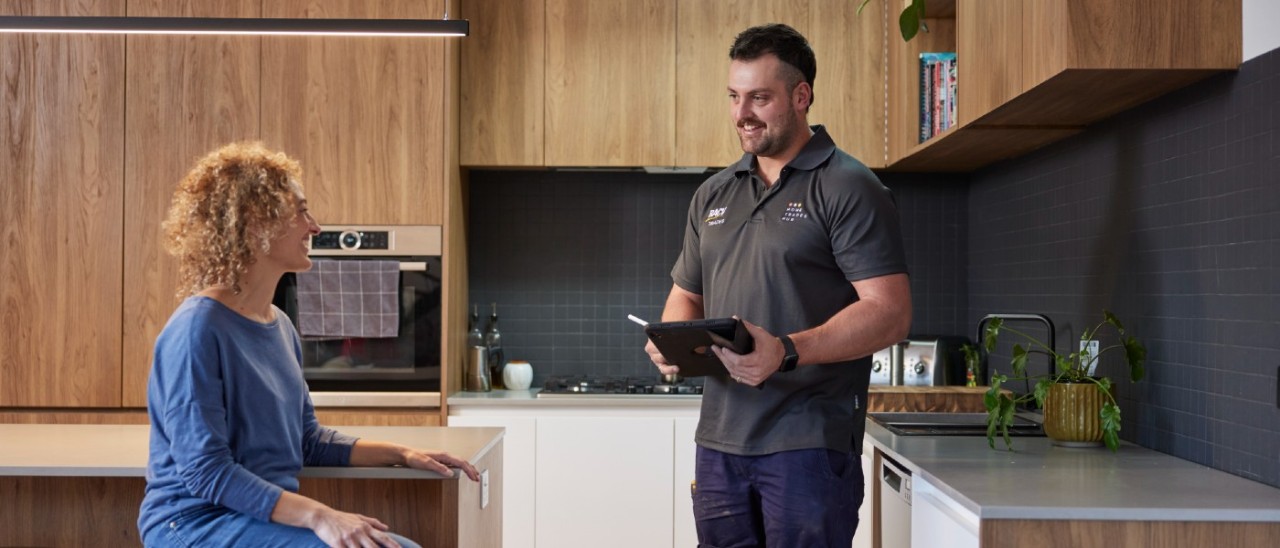
Whether you’re preparing to sell, refinance, or simply want to increase the comfort and appeal of your home, it’s worth knowing which renovations will actually add value – and which ones could end up costing you more than they’re worth.
From kitchen upgrades to backyard overhauls, not all improvements are created equal. Industry experts Kate Ross, RACV Senior Manager Home Energy Development, and Kieran Davies, RACV Trades Head of Home Services, explain which home improvements are – and aren’t – worth the money.
A property valuation may also shed light on potential improvements that you can make, as well as talking to a real estate agent and finding out about other services to aid your buying and/or selling journey.
What home improvements add the most value in Australia?
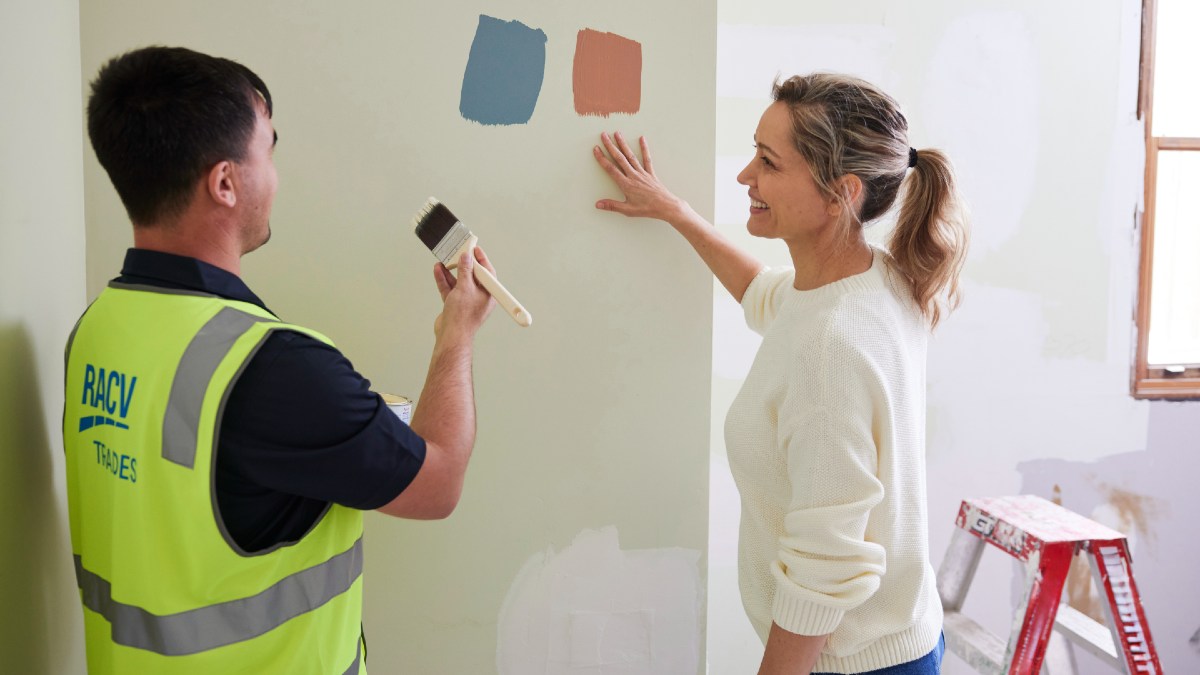
Refreshing your home's paintwork can do wonders for its resale value.
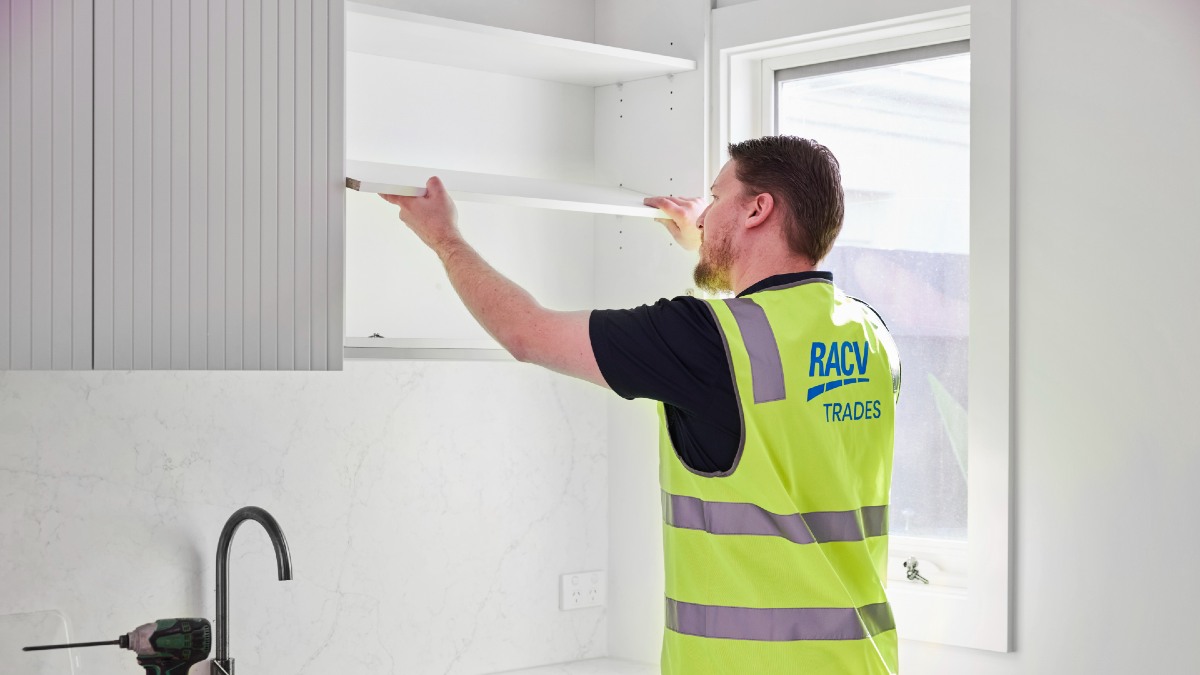
Kitchen makeovers don't need be a major expense: often updating the fixtures is enough.
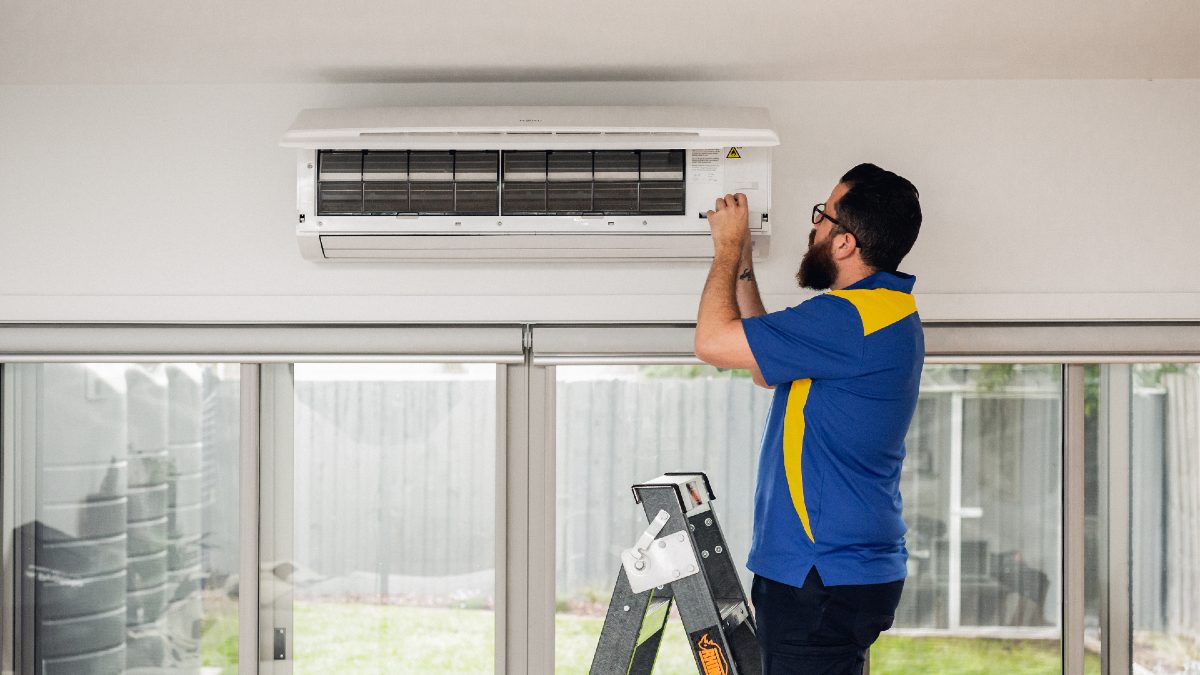
Energy-efficient cooling and heating keeps occupants comfortable and shaves down energy bills.
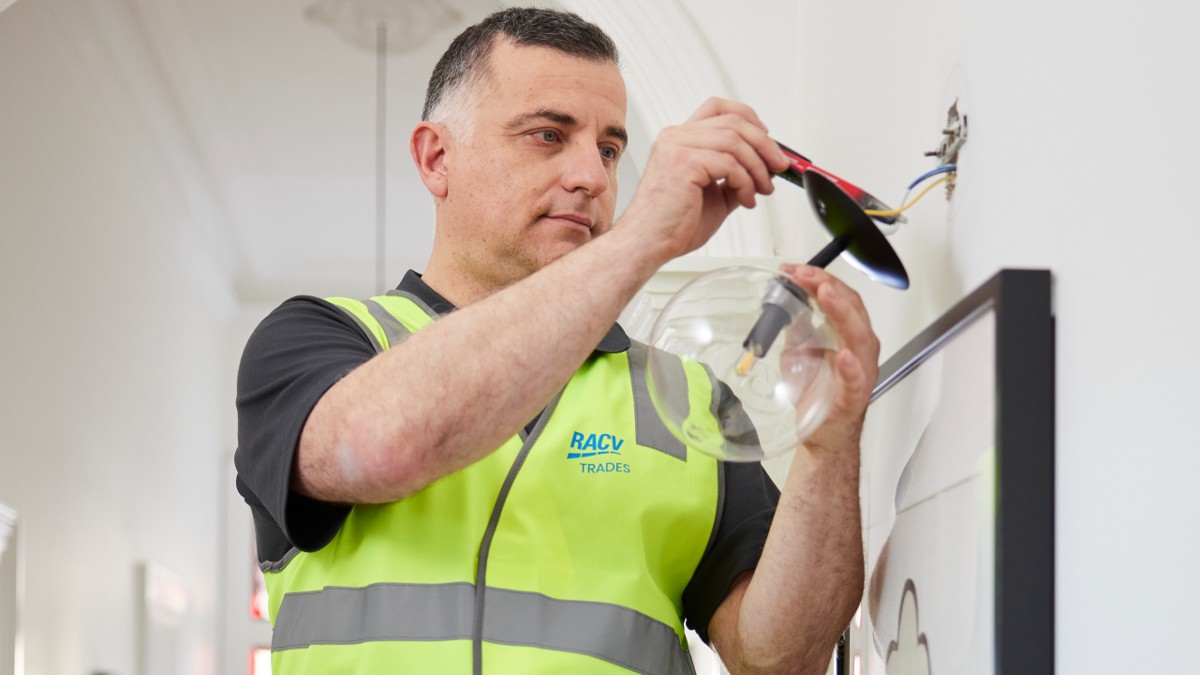
Upgrading your lighting to LED can look great and save money on power.
Home improvements that aren't worth the money
The information provided is general advice only. Before making any decisions please consider your own circumstances and the Product Disclosure Statement and Target Market Determinations. For copies, visit racv.com.au. As distributor, RACV Insurance Services Pty Ltd AFS Licence No. 230039 receives commission for each policy sold or renewed. Product(s) issued by Insurance Manufacturers of Australia Pty Ltd ABN 93 004 208 084 AFS Licence No. 227678.


